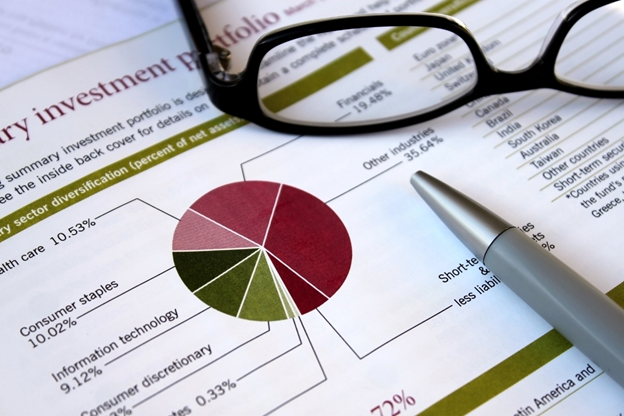Summary
- The difference between a shareholder and a stakeholder lies in the relationship of each of them with the company.
- While a shareholder owns shares in the company, a stakeholder has interest in the firm.
- Stakeholders have a relatively wide scope in a company compared to the shareholders.
The terms shareholder and stakeholder are used interchangeably in business environment. However, both have very different meanings when analysed closely in context of business environment.
While a shareholder owns shares in the company, a stakeholder has interest in the firm. Thus, the difference between the two lies in their relationship with the company.
Who is a shareholder?
As already discussed, a shareholder holds at least one share in a company. A shareholder may be an individual, a company, or a financial institution. Since a shareholder holds shares, he or she may also be interested in the financial wellbeing of the company.

Source: © Littlemacproductions | Megapixl.com
Since shareholders closely track profitability of a company, they expect the firm’s shares to trade higher. Shareholders have the right to exercise a vote and to affect the management of a company.
Even as shareholders are the owners of the company by the virtue of their holding shares in it, they are not liable for the company’s debts.
In case of unlisted firms, sole proprietorships, and partnerships, the owners are obligated for the debt of the company.
There can be two types of shareholders:
Equity shareholders
Equity shareholders own a company’s ordinary shares. They are entitled to vote in the Annual General Meeting (AGM). At the time of liquidation of the company, this set of shareholders are repaid at the end.
Preference shareholders
Preference shareholders enjoy priority over equity shareholders when it comes to the payment of dividends. In addition, they are also repaid first at the time of winding up of the company.

Source: © Kiosea39 | Megapixl.com
Who is a stakeholder?
A stakeholder is an entity which holds interest in a firm. He or she may be directly or indirectly impacted by the actions taken by a company or an organisation. Stakeholders include:
- Owners and shareholders
- Company’s employees
- Company’s bondholders
- Customers of company’s goods/services
- Suppliers and vendors
Key difference between shareholders and stakeholders
shareholder does not have a long-term need for the company since he or she can sell the stock and purchase some different company’s stock depending on the stock price.
However, stakeholders hold interest in the company for a longer term as their needs are dependent on the company’s performance. Thus, stakeholders have a relatively wide scope compared to the shareholders.

Source: © Outline205 | Megapixl.com
READ MORE: Mutual Fund or ETF? Which is a better option for you?
For instance, the vendors of a company would suffer in case the company performs poorly. Similarly, employees of the company, who are stakeholders and rely on it for income, risk losing their jobs if a company’s profits take a hit.
The bottom line
The difference between shareholders and stakeholders should be clear now. While shareholders are legal owners of a company by the virtue of their ownership in shares, the stakeholders have wider interest in the company’s performance, profitability, and liquidity.
The performance of shareholders is directly or indirectly dependent on the actions taken by the company.
Thus, stakeholders and shareholders generally have competing interests based on their relationship with the company.
READ MORE: How do ETFs stack up against CFDs? Seven things you should know
READ MORE: Seven money habits for millennials
READ MORE: What are robo-advisors? How can they help investors in Australia?



